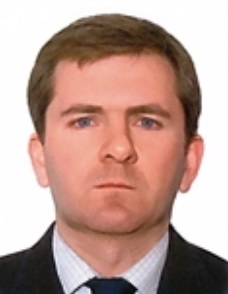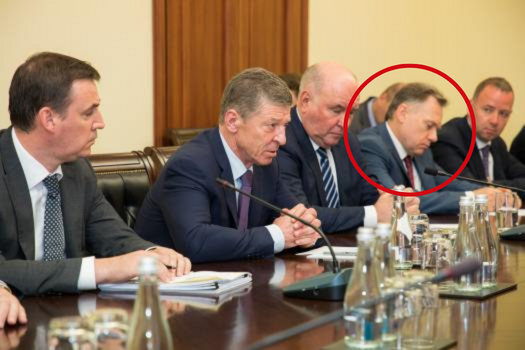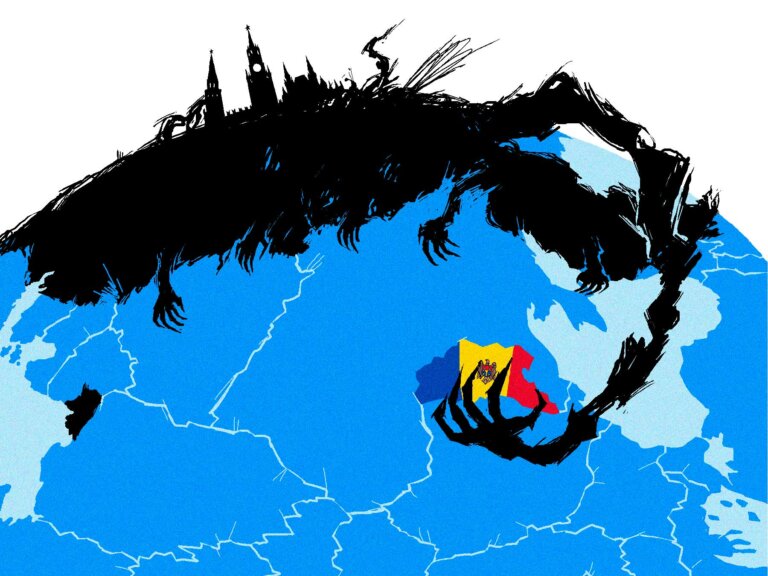- countering the influence of NATO and the EU on Moldova
- involving Moldova in the CSTO and other international projects under the auspices of the Russian Federation
- settling the Transnistrian conflict through Russian mediation by providing Transnistria a "special status"
- strengthening pro-Russian sentiment in society through information influence and educational programs.
"The goal is not to insidiously annex the country, but to strengthen pro-Russian influence in Moldova, primarily to prevent pro-NATO, pro-European trends. The Kremlin sees Moldova as a buffer to Russia rather than a part of the Russian Empire. As with Georgia, it is more about putting a stop sign to the West and preventing the country from joining the EU and NATO in every way possible," a Moldovan intelligence source told the journalists.By 2030, the Kremlin hoped to increase the number of Russian media outlets, preserve the status of the language of interethnic communication in Russia, and "reduce the presence of third-country currencies" in settlements with Russia.
The spectre of the FSB haunts Moldova, next target of Russia’s hybrid warFor this, the Kremlin wanted to expand the number of Moldovan students in Russian universities in order to increase the presence of the Russian language, the Head of Office of the Prime Minister of Moldova Sergiu Diacanu told the investigators. According to him, the Kremlin wanted to ramp up its influence on the social and cultural spheres because it suffered a fiasco in the economic and military fields. To expand its informational influence, Russia wanted to prevent restrictions on its media, but this failed: the Moldovan authorities closed 6 TV channels in 2022. It also wanted to create a network of loyal NGOs, such as the Moldovan-Russian Business Union, founded by former President Igor Dodon.
"Their strategic goal is to ensure that Moldova does not have control over its foreign policy. Even with the Kozak plan, which was proposed back in 2004, the idea was to say, 'Guys, we can give you gas, we can give you electricity, just let's make a federation [with Transnistria]. And this component of the federation, which is located on the left bank of the Dniester, will have the right to veto our foreign policy. Everything stems from there," explained the Prime Minister of Moldova, Dorin Recean.Using the document, journalists identified two more people who are allegedly Russian "curators" for Moldova, in addition to the individuals who were the subject of a separate investigation in autumn 2022.


Similar to earlier-revealed plans to conquer Belarus
The described plan dovetails Kremlin plans to take over Belarus by 2030, described by the Dossier Center and a similar team of international journalists, who reported on a similarly-titled document, "Strategic Goals of the Russian Federation on the Belarusian Direction." Allegedly developed by the Russian presidential administration in cooperation with several intelligence and military agencies, the document indicated that the Kremlin sought to establish the dominance of the Russian language over the Belarusian language, adjust Belarusian legislation to Russian law, subjugate the socio-political, trade, scientific, and cultural life of Belarus, increase military presence in the country, and grant Russian citizenship to Belarusians. The Union State, a political and economic alliance between Russia and Belarus, reportedly plays a significant role in the Kremlin's plans, as Russia intends to build up its forces in Belarus through it. The presidential administration was tasked with convincing the Belarusian leadership of the need to work on the Union State by the end of 2022. Additionally, Russian intelligence aims to limit the influence of "nationalist and pro-Western" forces, complete the reform of the Belarusian constitution in line with Russian interests, and consolidate pro-Russian sentiment in the military and political elites and among the population. Other objectives include securing control over the information space of Belarus, opening exam centers for the unified state exam in Belarus, and opening new centers of science and culture in Mogilev, Grodno, and Vitebsk. Several agencies allegedly developed the document, including the Foreign Intelligence Service, the FSB, the GRU (Main Directorate of the General Staff of the Russian Armed Forces), and the General Staff of the Russian Armed Forces. It was drafted by the Presidential Department for Border Cooperation, which intervenes in the politics of Belarus, Moldova, and the Baltic States. The department's curator is Dmitry Kozak, and the head of the department is Aleksei Filatov. Putin has been exploiting Belarus to wage war against Ukraine, using it as a platform for attack and as a launching point for missile strikes against Ukraine. Although Lukashenko has not openly joined the war against Ukraine, he has supported Putin's actions, provided territory for Russian fighter jets and troops, conducted regular joint exercises on Belarusian soil, and threatened to enter the war if "Ukraine and NATO threaten Belarus." This dependence on Russia has made the Belarusian economy even more vulnerable to Western sanctions. Lukashenko's visit to Russia in February 2022 highlighted the country's dependence on Russia. The Kremlin's long-term goal of achieving full control over Belarus remains in place despite the war in Ukraine slowing down its implementation.Related:
- The spectre of the FSB haunts Moldova, next target of Russia’s hybrid war
- Ukraine notified Moldova about Kremlin’s plans to destabilize the situation in the country – Moldovian President
- “Very high” risk of Russian invasion in 2023 – Moldova’s Head of ISS

